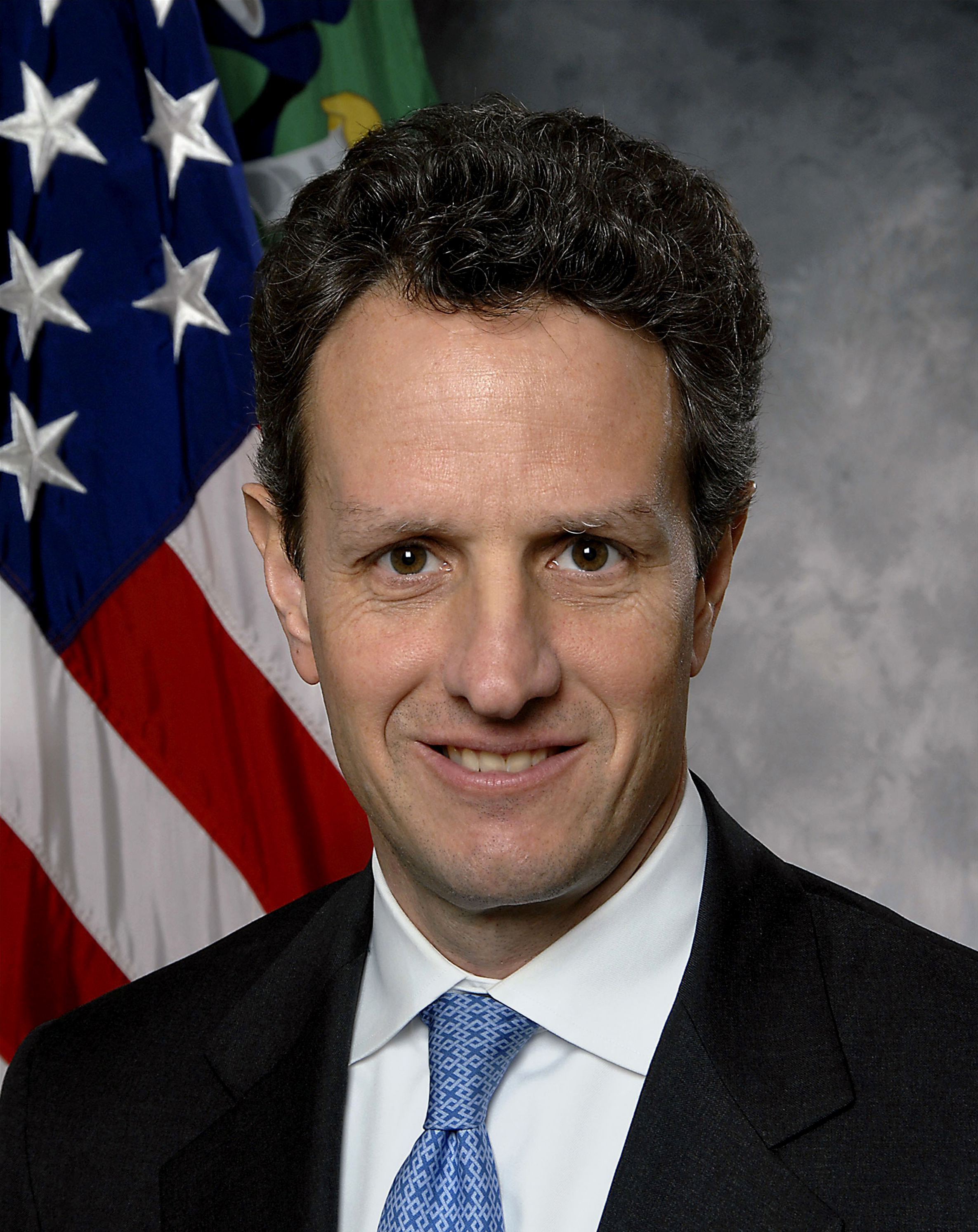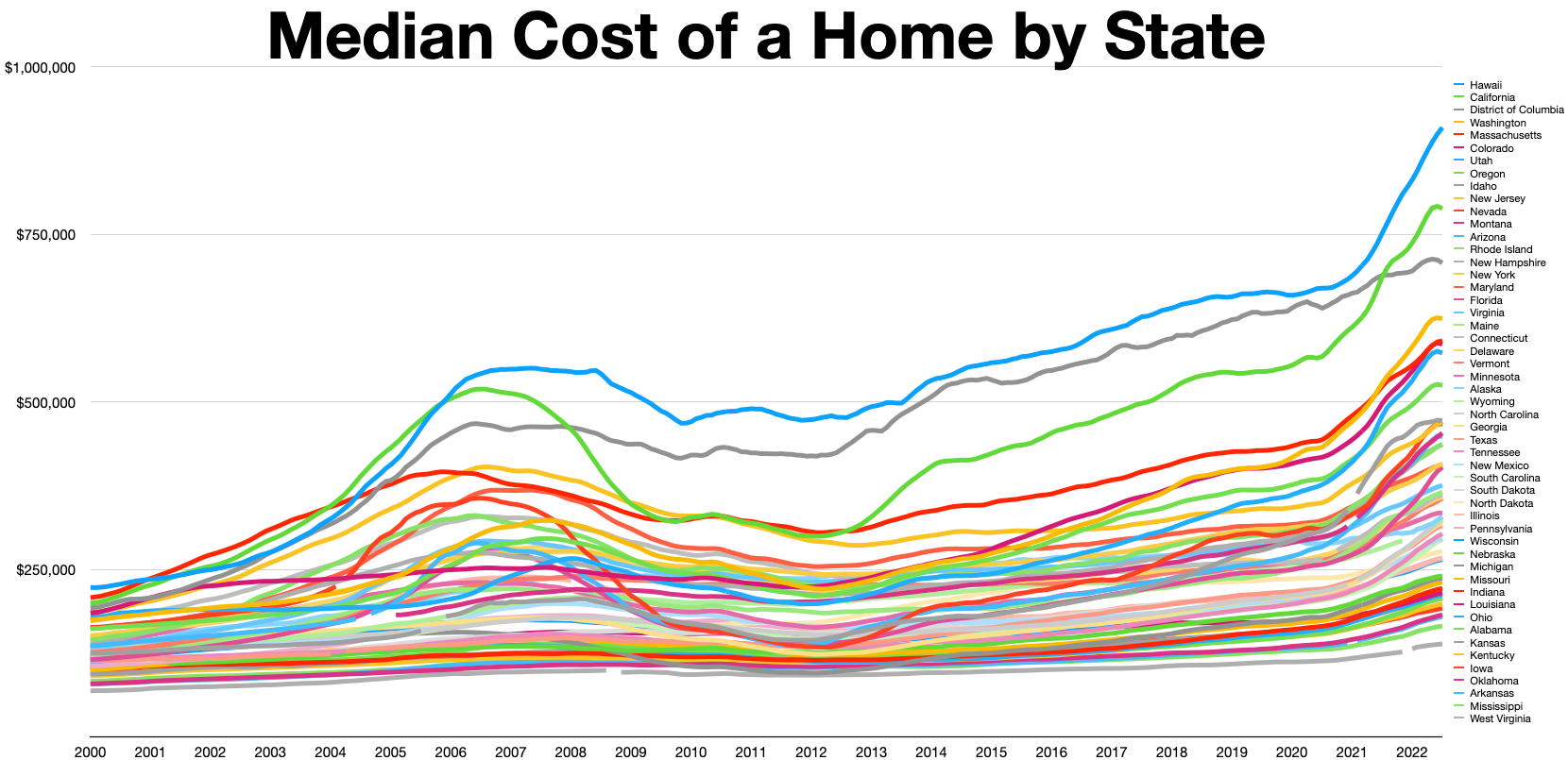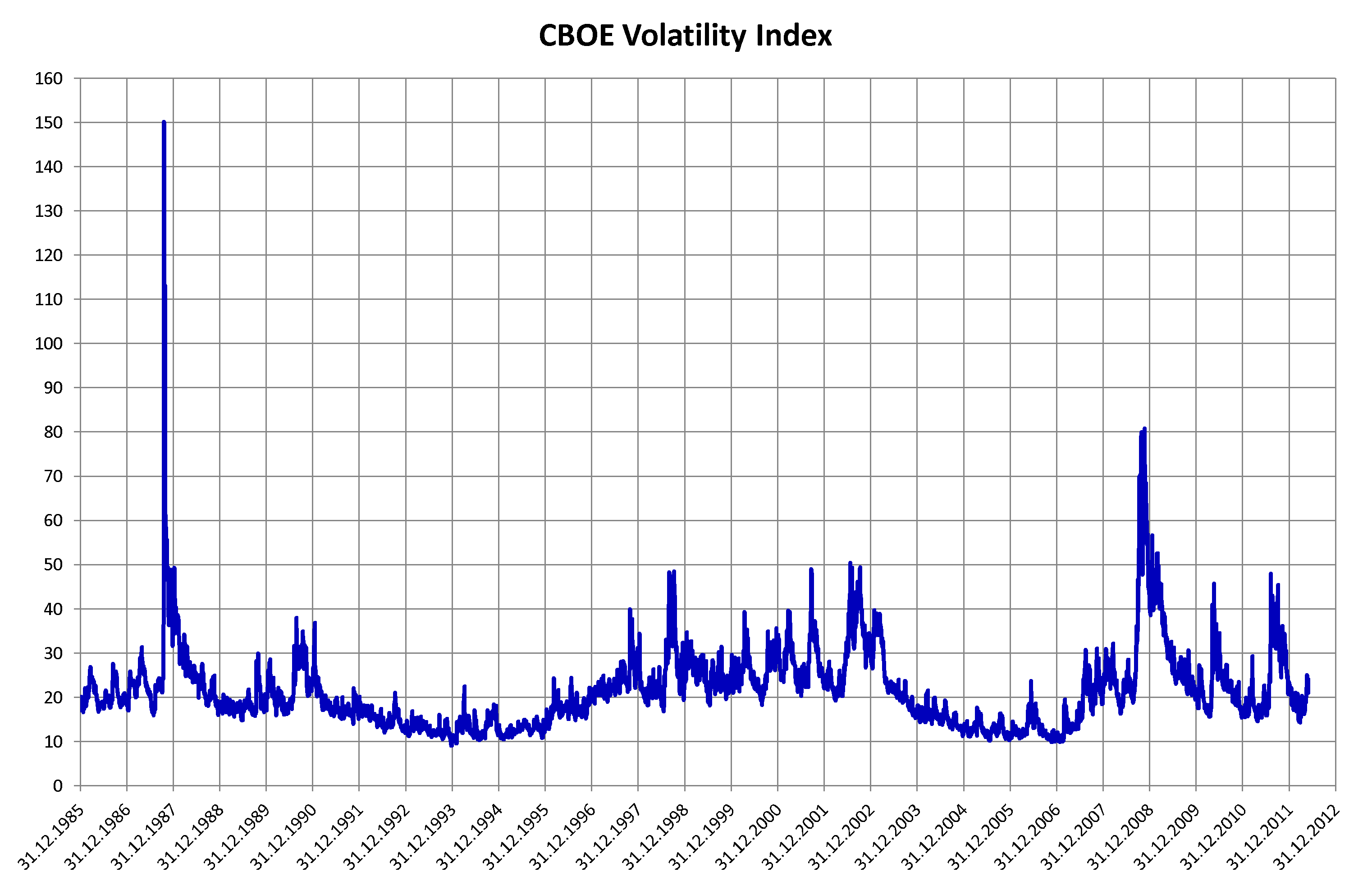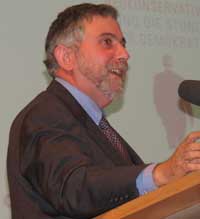|
Public–Private Investment Program For Legacy Assets
On March 23, 2009, the United States Federal Deposit Insurance Corporation (FDIC), the Federal Reserve, and the United States Treasury Department announced the Public–Private Investment Program for Legacy Assets. The program is designed to provide liquidity for so-called "toxic assets" on the balance sheets of financial institutions. This program is one of the initiatives coming out of the implementation of the Troubled Asset Relief Program (TARP) as implemented by the U.S. Treasury under Secretary Timothy Geithner. The major stock market indexes in the United States rallied on the day of the announcement rising by over six percent with the shares of bank stocks leading the way. As of early June 2009, the program had not been implemented yet and was considered delayed. Yet, the Legacy Securities Program implemented by the Federal Reserve has begun by fall 2009 and the Legacy Loans Program is being tested by the FDIC. The proposed size of the program has been drastically re ... [...More Info...] [...Related Items...] OR: [Wikipedia] [Google] [Baidu] |
Timothy Geithner Treasury
Timothy is a masculine name. It comes from the Greek language, Greek name (Timotheus (other), Timόtheos) meaning "honouring God", "in God's honour", or "honoured by God". Timothy (and its variations) is a common name in several countries. People Given name * Timothy (given name), including a list of people with the name * Tim (given name) * Timmy * Timo * Timotheus * Timothée * Timoteo (given name) Surname * Bankole Timothy (1923–1994), Sierra Leonean journalist * Christopher Timothy (born 1940), Welsh actor * Miriam Timothy (1879–1950), British harpist * Nick Timothy (born 1980), British political adviser Mononym * Saint Timothy, a companion and co-worker of Paul the Apostle * Timothy I (Nestorian patriarch) Education * Timothy Christian School (Illinois), a school system in Elmhurst, Illinois * Timothy Christian School (New Jersey), a school in Piscataway, New Jersey Arts and entertainment * Timothy (song), "Timothy" (song), a 1970 song by The Buoys * ... [...More Info...] [...Related Items...] OR: [Wikipedia] [Google] [Baidu] |
Great Recession In The United States
In the United States, the Great Recession was a severe financial crisis combined with a deep recession. While the recession officially lasted from December 2007 to June 2009, it took many years for the economy to recover to pre-crisis levels of employment and output. This slow recovery was due in part to households and financial institutions paying off debts accumulated in the years preceding the crisis along with restrained government spending following initial stimulus efforts. It followed the bursting of the housing bubble, the housing market correction and subprime mortgage crisis. According to the Department of Labor, roughly 8.7 million jobs (about 7%) were shed from February 2008 to February 2010, and real GDP contracted by 4.2% between Q4 2007 and Q2 2009, making the Great Recession the worst economic downturn since the Great Depression. The GDP bottom, or trough, was reached in the second quarter of 2009 (marking the technical end of the recession that is defined by "a ... [...More Info...] [...Related Items...] OR: [Wikipedia] [Google] [Baidu] |
William Dudley (economist)
William C. Dudley (born 1953) is an American economist who served as the president of Federal Reserve Bank of New York from 2009 to 2018 and as vice-chairman of the Federal Open Market Committee. He was appointed to the position on January 27, 2009, following the confirmation of his predecessor, Timothy F. Geithner, as United States Secretary of the Treasury. Early life and education Dudley attended the Williston Northampton School in Easthampton, Massachusetts. He spent his freshman year at Columbia University and subsequently earned a B.A. degree from New College of Florida in 1974, and a PhD in economics from the University of California, Berkeley in 1982. Career Dudley worked at Goldman Sachs from 1986 to 2007 where he held the position of chief U.S. economist. In 2007 he was hired by then-president of the New York Federal Reserve Timothy Geithner to oversee the Markets Group, the department in charge of executing monetary policy on behalf of the Federal Open Market Committ ... [...More Info...] [...Related Items...] OR: [Wikipedia] [Google] [Baidu] |
Standard & Poor's
S&P Global Ratings (previously Standard & Poor's and informally known as S&P) is an American credit rating agency (CRA) and a division of S&P Global that publishes financial research and analysis on stocks, bonds, and commodities. S&P is considered the largest of the Big Three credit-rating agencies, which also include Moody's Ratings and Fitch Ratings. Its head office is located on 55 Water Street in Lower Manhattan, New York City. Corporate history The company traces its history back to 1860, with the publication by Henry Varnum Poor of ''History of Railroads and Canals in the United States''. This book compiled comprehensive information about the financial and operational state of U.S. railroad companies. In 1868, Henry Varnum Poor established H.V. and H.W. Poor Co. with his son, Henry William Poor, and published two annually updated hardback guidebooks, '' Poor's Manual of the Railroads of the United States'' and ''Poor's Directory of Railway Officials''. In 1906, ... [...More Info...] [...Related Items...] OR: [Wikipedia] [Google] [Baidu] |
Volatility (finance)
In finance, volatility (usually denoted by "sigma, σ") is the Variability (statistics), degree of variation of a trading price series over time, usually measured by the standard deviation of logarithmic returns. Historic volatility measures a time series of past market prices. Implied volatility looks forward in time, being derived from the market price of a market-traded derivative (in particular, an option). Volatility terminology Volatility as described here refers to the actual volatility, more specifically: * actual current volatility of a financial instrument for a specified period (for example 30 days or 90 days), based on historical prices over the specified period with the last observation the most recent price. * actual historical volatility which refers to the volatility of a financial instrument over a specified period but with the last observation on a date in the past **near synonymous is realized volatility, the square root of the realized variance, in turn c ... [...More Info...] [...Related Items...] OR: [Wikipedia] [Google] [Baidu] |
Call Option
In finance, a call option, often simply labeled a "call", is a contract between the buyer and the seller of the call Option (finance), option to exchange a Security (finance), security at a set price. The buyer of the call option has the right, but not the obligation, to buy an agreed quantity of a particular commodity or financial instrument (the underlying) from the seller of the option at or before a certain time (the Expiration (options), expiration date) for a certain price (the strike price). This effectively gives the buyer a Long (finance), ''long'' position in the given asset. The seller (or "writer") is obliged to sell the commodity or financial instrument to the buyer if the buyer so decides. This effectively gives the seller a Short (finance), ''short'' position in the given asset. The buyer pays a fee (called a Insurance, premium) for this right. The term "call" comes from the fact that the owner has the right to "call the stock away" from the seller. Price of opt ... [...More Info...] [...Related Items...] OR: [Wikipedia] [Google] [Baidu] |
Paul Krugman
Paul Robin Krugman ( ; born February 28, 1953) is an American New Keynesian economics, New Keynesian economist who is the Distinguished Professor of Economics at the CUNY Graduate Center, Graduate Center of the City University of New York. He was a columnist for ''The New York Times'' from 2000 to 2024. In 2008, Krugman was the sole winner of the Nobel Memorial Prize in Economic Sciences for his contributions to New Trade Theory, new trade theory and New Economic Geography, new economic geography. The Prize Committee cited Krugman's work explaining the patterns of international trade and the geographic distribution of economic activity, by examining the effects of Economy of scale, economies of scale and of consumer preferences for diverse goods and services. Krugman was previously a professor of economics at MIT, and, later, at Princeton University which he retired from in June 2015, holding the title of Emeritus, professor emeritus there ever since. He also holds the title o ... [...More Info...] [...Related Items...] OR: [Wikipedia] [Google] [Baidu] |
Price Discovery
In economics and finance, the price discovery process (also called price discovery mechanism) is the process of determining the price of an asset in the marketplace through the interactions of buyers and sellers. Overview Price discovery is different from valuation. The price discovery process involves buyers and sellers arriving at a transaction price for a specific item at a given time. It involves the following: * Buyers and seller (number, size, location, and valuation perceptions) * Market mechanism (bidding and settlement processes, liquidity) * Available information (amount, timeliness, significance and reliability) including futures and other related markets * Risk management choices. "Market" is a broad term that covers buyers, sellers and even sentiment. A single market will have one or more execution venues, which describes where trades are executed. This could be in the street for a street market, or increasingly it could be an electronic or "virtual" venue. Examples ... [...More Info...] [...Related Items...] OR: [Wikipedia] [Google] [Baidu] |
Term Asset-Backed Securities Loan Facility
The Term Asset-Backed Securities Loan Facility (TALF) is a program created by the U.S. Federal Reserve (the Fed) to spur consumer credit lending. The program was announced on November 25, 2008, and was to support the issuance of asset-backed securities (ABS) collateralized by student loans, auto loans, credit card loans, and loans guaranteed by the Small Business Administration (SBA). Under TALF, the Federal Reserve Bank of New York (NY Fed) authorized up to $200 billion of loans on a non-recourse basis to holders of certain AAA-rated ABS backed by newly and recently originated consumer and small business loans. (However, only approximately $70 billion was ever lent, and only approximately $50 billion at any one time.) As TALF money did not originate from the U.S. Treasury, the program did not require congressional approval to disburse funds, but an act of Congress forced the Fed to reveal how it lent the money. The TALF began operation in March 2009 and was closed on June 30, 2 ... [...More Info...] [...Related Items...] OR: [Wikipedia] [Google] [Baidu] |
Leverage (finance)
In finance, leverage, also known as gearing, is any technique involving borrowing funds to buy an investment. Financial leverage is named after a lever in physics, which amplifies a small input force into a greater output force. Financial leverage uses borrowed money to augment the available capital, thus increasing the funds available for (perhaps risky) investment. If successful this may generate large amounts of profit. However, if unsuccessful, there is a risk of not being able to pay back the borrowed money. Normally, a lender will set a limit on how much risk it is prepared to take, and will set a limit on how much leverage it will permit. It would often require the acquired asset to be provided as collateral security for the loan. Leverage can arise in a number of situations. Securities like options and futures are effectively leveraged bets between parties where the principal is implicitly borrowed and lent at interest rates of very short treasury bills.Mock, E. J., R. ... [...More Info...] [...Related Items...] OR: [Wikipedia] [Google] [Baidu] |
Federal Deposit Insurance Corporation
The Federal Deposit Insurance Corporation (FDIC) is a State-owned enterprises of the United States, United States government corporation supplying deposit insurance to depositors in American commercial banks and savings banks. The FDIC was created by the Banking Act of 1933, enacted during the Great Depression to restore trust in the American banking system. More than one-third of banks failed in the years before the FDIC's creation, and bank runs were common. The insurance limit was initially US$2,500 per ownership category, and this has been increased several times over the years. Since the enactment of the Dodd–Frank Wall Street Reform and Consumer Protection Act in 2010, the FDIC insures deposits in member banks up to $250,000 per ownership category. FDIC insurance is backed by the full faith and credit of the government of the United States, and according to the FDIC, "since its start in 1933 no depositor has ever lost a penny of FDIC-insured funds". Deposits placed wit ... [...More Info...] [...Related Items...] OR: [Wikipedia] [Google] [Baidu] |




